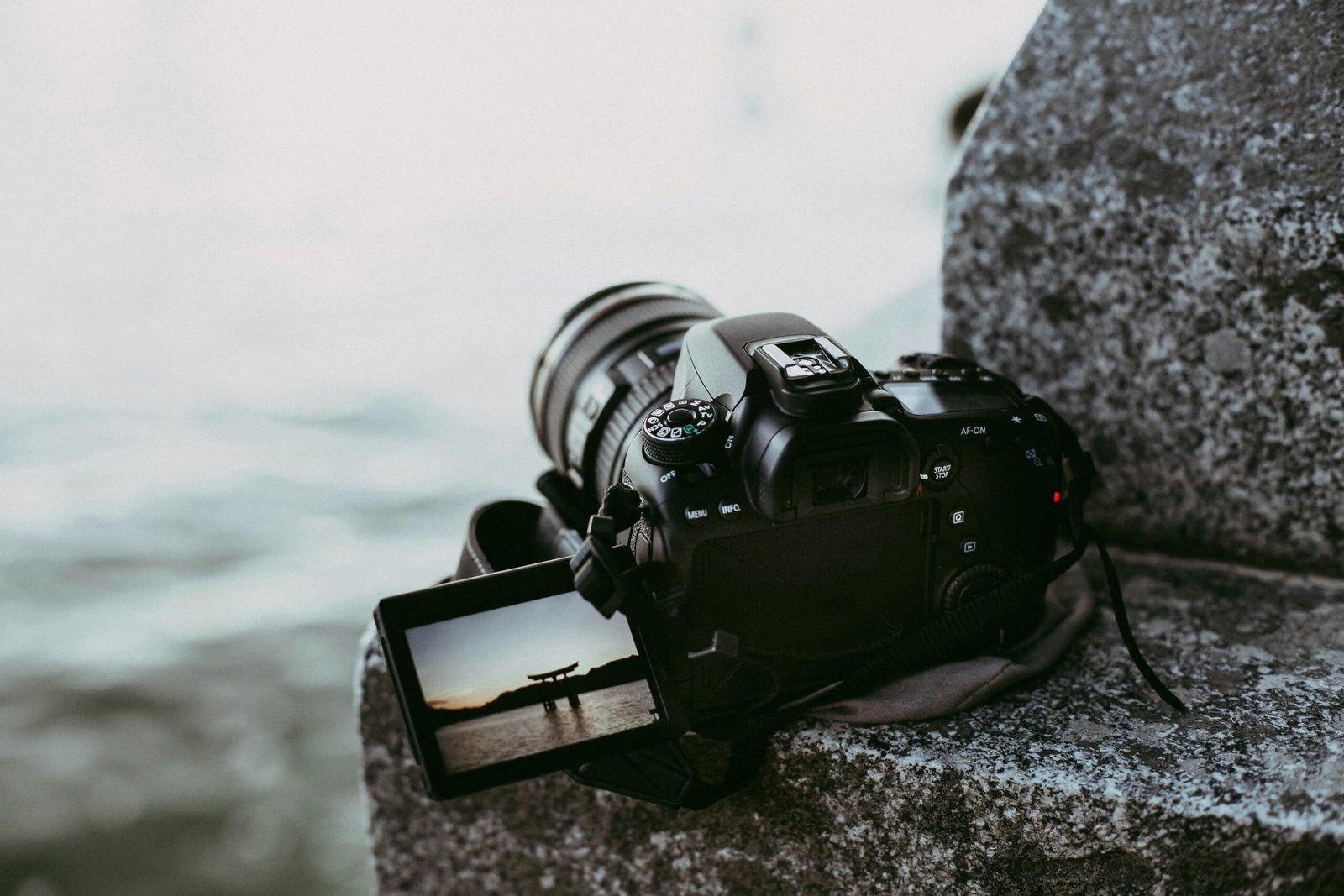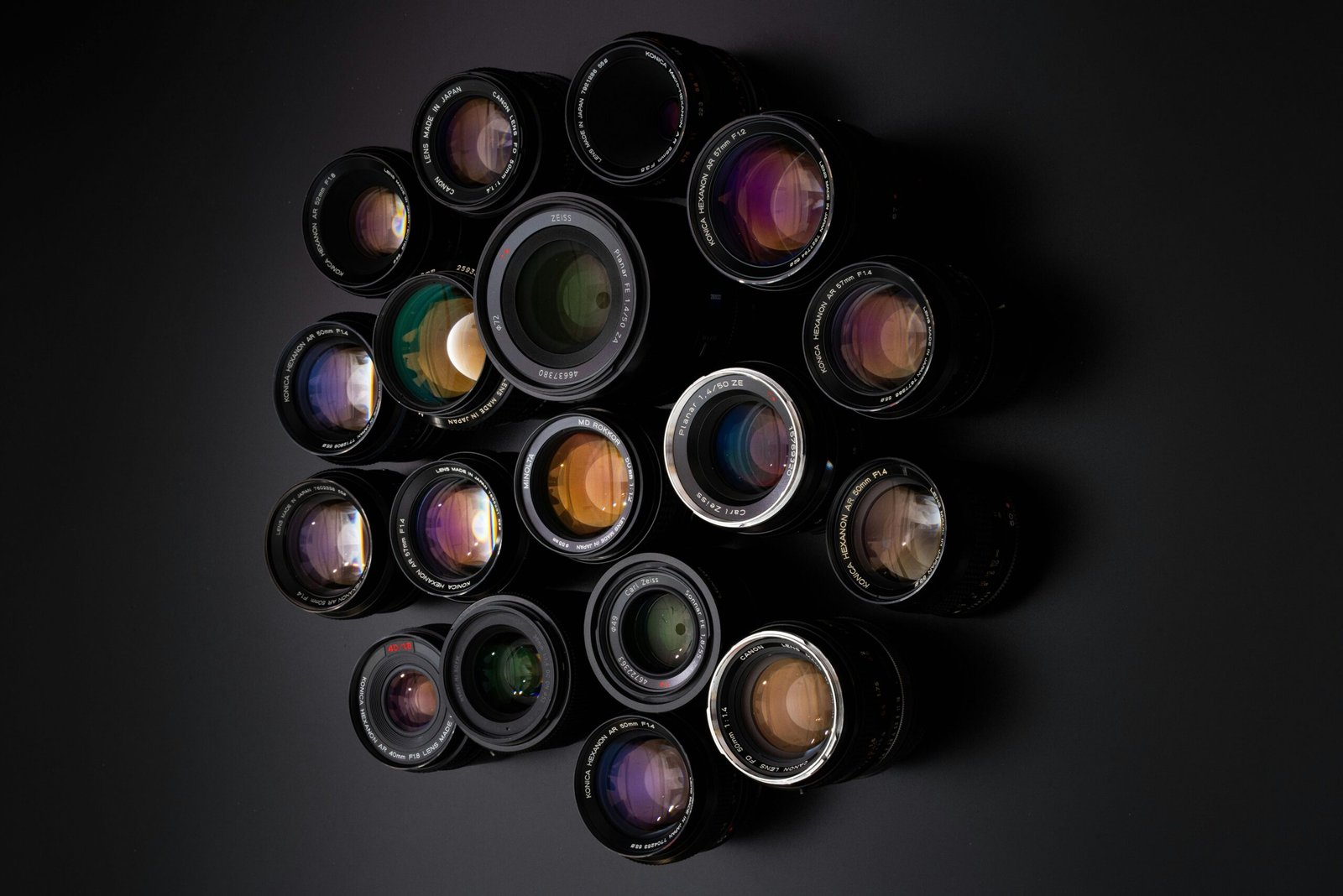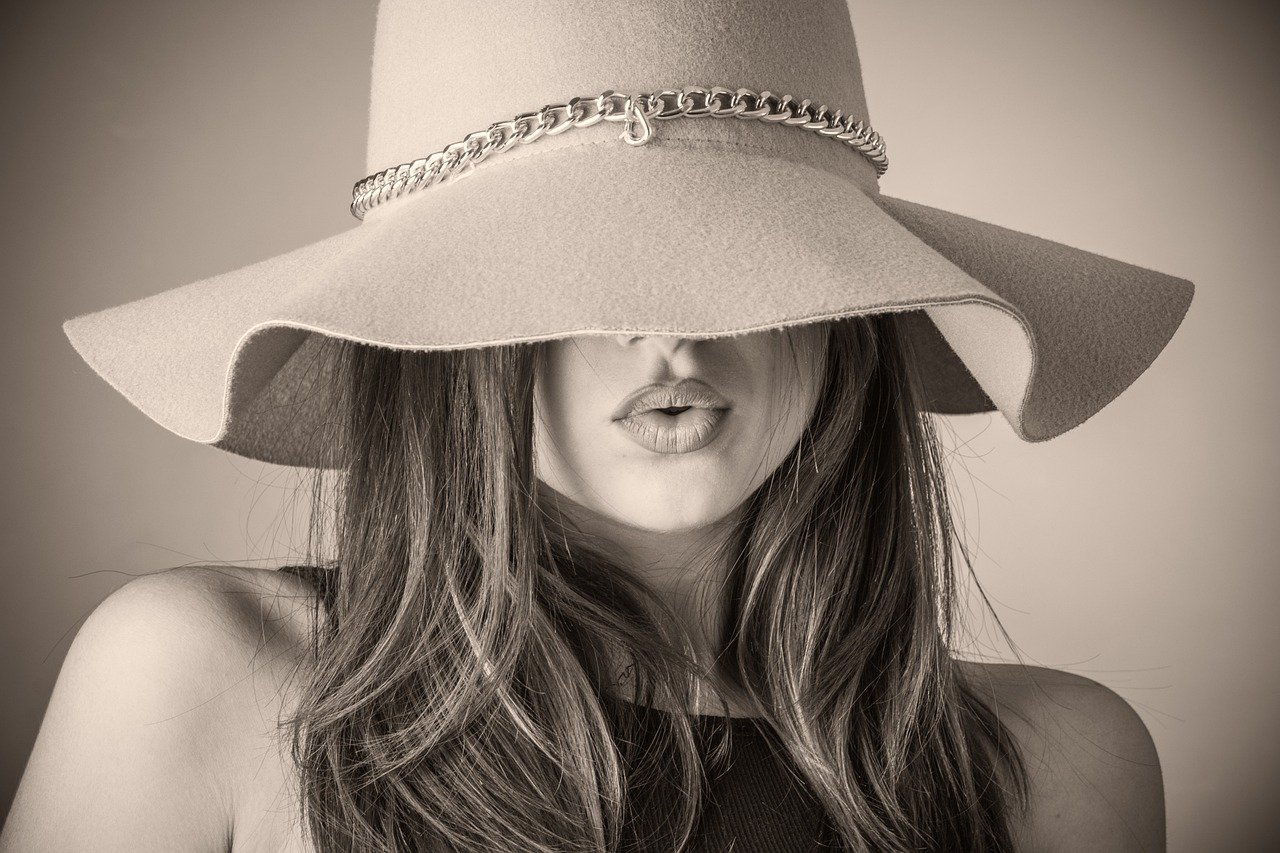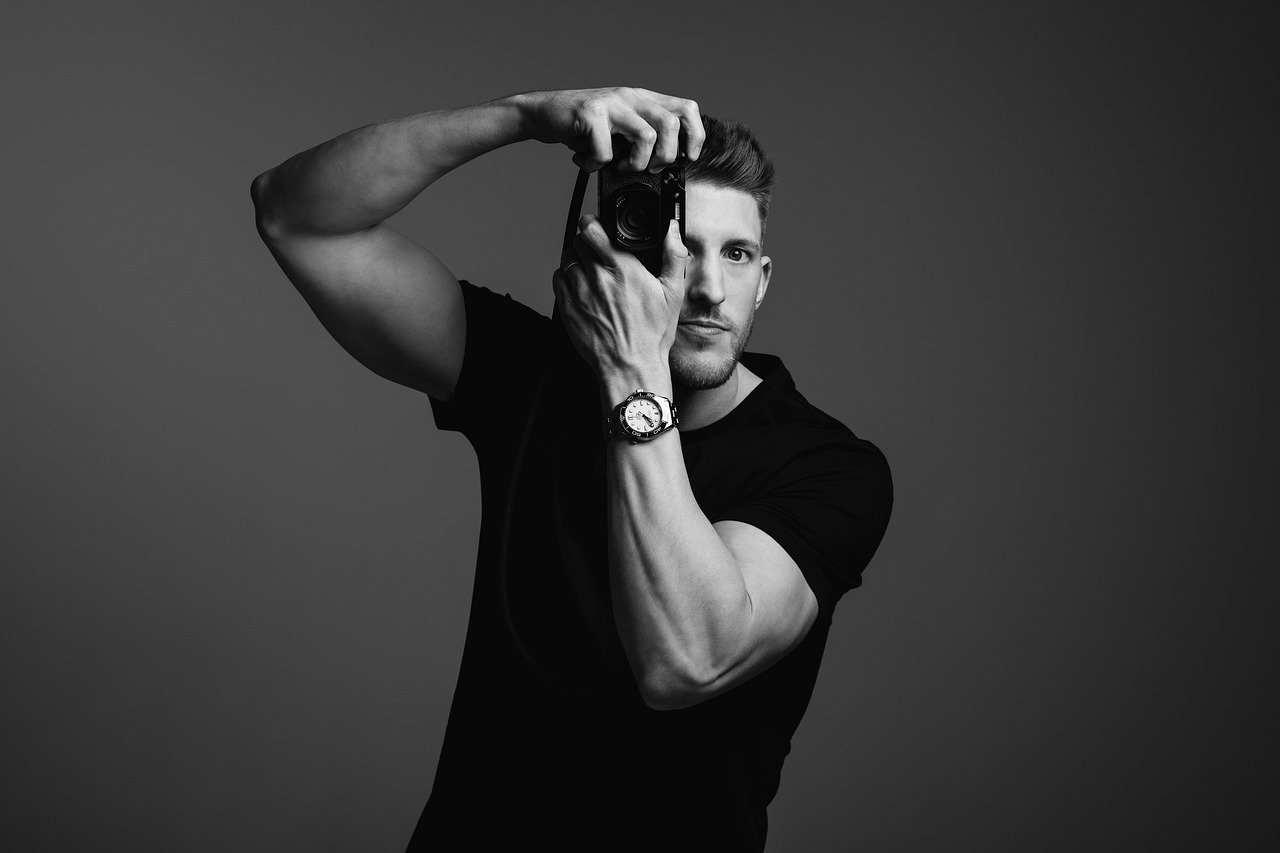Photography TipsIntroductionPhotography is a popular hobby and profession that allows individuals to capture beautiful moments…
Photography Tips: Expert Photography Tips for Stunning Shots
Photography is a beautiful blend of art and science, capturing moments in time and turning them into lasting memories. Whether you’re a beginner or an experienced photographer, learning expert tips can elevate your shots from ordinary to extraordinary. In this article, we’ll dive into a comprehensive guide filled with expert photography tips that will help you capture stunning shots every time. So, let’s get started on this journey to enhance your photography skills.
Understanding Your Camera

Before you can take stunning photos, you need to understand your camera. Whether you have a DSLR, mirrorless, or a smartphone camera, knowing your gear inside out is crucial.
Basics of Camera Types
Different cameras serve different purposes. DSLRs are great for versatility and image quality, while mirrorless cameras offer compactness and advanced technology. Smartphone cameras, though limited, are perfect for everyday snapshots.
Key Camera Settings
Mastering your camera settings is essential. Learn about ISO, shutter speed, and aperture. These three elements form the exposure triangle and control how light interacts with your camera sensor.
Importance of Knowing Your Gear
Familiarize yourself with your camera’s features and functions. Read the manual, watch tutorials, and practice regularly. The more you know about your gear, the more creative freedom you’ll have.
Mastering Composition
Composition is the art of arranging elements within your frame to create visually appealing photos. Here are some key techniques to master.
Rule of Thirds

Imagine your frame divided into nine equal parts by two horizontal and two vertical lines. Place your subject along these lines or at their intersections to create a balanced and interesting composition.
Leading Lines
Use natural lines in your environment to guide the viewer’s eye towards your subject. Roads, rivers, and architectural elements can all serve as leading lines.
Framing and Cropping
Frame your subject using elements within the scene, such as windows or doorways. This adds depth and context to your photo. Cropping can also help remove distractions and focus attention on your subject.
Lighting Techniques
Lighting can make or break a photo. Understanding how to use light effectively is a fundamental skill in photography.
Natural Lighting
Natural light is often the best light for photography. Shoot during the golden hour (just after sunrise or before sunset) for warm, soft light. Avoid harsh midday sun, which can create unflattering shadows.
Using Artificial Light
Artificial light sources, such as studio lights or flashes, can help you control the lighting conditions. Experiment with different setups to achieve the desired effect.
Golden Hour and Blue Hour
The golden hour provides warm, golden light, while the blue hour (just before sunrise or after sunset) offers cool, soft tones. Both are ideal times for capturing stunning photos.
Choosing the Right Lens
The lens you use can significantly impact your photos. Here’s how to choose the right one for your needs.
Prime vs. Zoom Lenses

Prime lenses have a fixed focal length, offering superior image quality and low light performance. Zoom lenses provide versatility with multiple focal lengths in one lens.
Lens Types for Different Photography Genres
Wide-angle lenses are great for landscapes, while telephoto lenses excel in wildlife and sports photography. Portrait lenses typically have a focal length between 50mm and 85mm, providing a flattering perspective.
How to Select the Perfect Lens
Consider your photography style and subjects. Research and test different lenses to find the one that best suits your needs.
Focus and Depth of Field
Sharp focus and the right depth of field can dramatically improve your photos.
Manual vs. Autofocus
While autofocus is convenient, manual focus gives you more control, especially in tricky lighting conditions or when you need precise focus.
Understanding Aperture
Aperture controls the amount of light entering your camera and affects depth of field. A wide aperture (small f-number) creates a shallow depth of field, perfect for portraits. A narrow aperture (large f-number) increases depth of field, ideal for landscapes.
Techniques for Achieving Sharp Focus
Use a tripod to minimize camera shake, especially in low light. Focus on your subject’s eyes in portraits, and use focus stacking for landscapes to ensure sharpness throughout the scene.
Capturing Motion

Motion adds a dynamic element to photos. Here are some techniques to capture it effectively.
Techniques for Freezing Action
Use a fast shutter speed to freeze motion. This is great for sports or wildlife photography, where capturing a split-second moment is crucial.
Using Slow Shutter Speeds
Slow shutter speeds create motion blur, which can convey a sense of movement. Use this technique for artistic effects, such as flowing water or light trails.
Panning for Dynamic Shots
Panning involves moving your camera along with a moving subject. This keeps the subject in focus while blurring the background, creating a sense of speed.
Editing Your Photos

Editing is an essential part of the photography process. It allows you to enhance and refine your images.
Basics of Photo Editing Software
Familiarize yourself with photo editing software like Adobe Lightroom or Photoshop. These tools offer powerful features for adjusting exposure, color, and sharpness.
Common Editing Techniques
Adjust exposure and contrast to improve the overall look of your photo. Use color correction to enhance or correct colors. Cropping can help improve composition and remove distractions.
Importance of Post-Processing
Post-processing allows you to bring out the best in your photos. It’s a chance to add your personal touch and make your images stand out.
Photography Genres and Tips
Different photography genres require different approaches. Here are some tips for popular genres.
Portrait Photography
Focus on the eyes, use a wide aperture for a blurred background, and engage with your subject to capture natural expressions.
Landscape Photography
Use a narrow aperture for a deep depth of field, incorporate leading lines, and shoot during the golden hour for the best light.
Street Photography
Be unobtrusive, use a fast shutter speed to capture candid moments, and look for interesting compositions and stories in everyday scenes.
Wildlife Photography
Use a telephoto lens, be patient, and respect the animals’ space. Capture their behavior and environment to tell a compelling story.
Using Props and Backgrounds
Props and backgrounds can enhance your photos by adding context and interest.
Creative Use of Props
Props can add a narrative element to your photos. Use them to tell a story or highlight your subject’s personality.
Choosing the Right Background
A clutter-free background helps your subject stand out. Look for backgrounds that complement your subject without distracting from it.
Enhancing Your Shots with Additional Elements
Incorporate elements like reflections, shadows, and textures to add depth and interest to your photos.
Working with Models

Working with models requires good communication and direction to achieve the best results.
Directing and Posing Tips
Give clear instructions, show examples, and encourage your model to move naturally. Experiment with different poses to find the most flattering angles.
Building Rapport with Your Model
Build a comfortable atmosphere by chatting with your model and giving positive feedback. This helps them relax and results in more natural expressions.
Capturing Natural Expressions
Encourage your model to think of happy or meaningful moments to evoke genuine expressions. Candid shots often capture the best emotions.
Black and White Photography
Black and white photography can add a timeless and dramatic effect to your images.
When to Choose Black and White
Use black and white when color distracts from the subject or when you want to emphasize shapes, textures, and contrasts.
Techniques for Stunning Monochrome Shots
Look for scenes with strong contrasts and interesting textures. Use light and shadow to create depth and mood.
Editing Tips for Black and White Images
Convert your images to black and white in post-processing. Adjust the contrast and brightness to enhance the details and create a dramatic effect.
Macro Photography
Macro photography allows you to explore the intricate details of small subjects.
Getting Started with Macro Photography
Use a macro lens or extension tubes to achieve close-up shots. A tripod and good lighting are essential for sharp images.
Essential Equipment and Techniques
Use a small aperture for a greater depth of field, and focus manually for precision. Consider using focus stacking to increase sharpness.
Creative Ideas for Macro Shots
Explore nature, capturing insects, flowers, and textures. Experiment with everyday objects to find hidden details and patterns.
Travel Photography Tips

Travel photography captures the essence of places and cultures. Here are some tips for your next adventure.
Preparing for a Photography Trip
Research your destination, pack versatile gear, and ensure you have extra batteries and memory cards. Plan your shots but stay open to spontaneous moments.
Capturing the Essence of a Place
Photograph local people, customs, and landscapes. Tell a story through your images by capturing the unique elements of the location.
Safety and Etiquette While Shooting
Be respectful of local customs and ask for permission when photographing people. Stay aware of your surroundings to keep your equipment and yourself safe.
Conclusion
Photography is a journey of continuous learning and experimentation. By mastering your camera, understanding composition, and using light effectively, you can create stunning shots. Remember to practice regularly and don’t be afraid to try new techniques. With these expert photography tips, you’re well on your way to capturing beautiful and memorable images.
FAQs
How can I improve my photography skills quickly?
Practice regularly, study the work of other photographers, and experiment with different techniques and settings. Join photography communities to get feedback and learn from others.
What is the most important setting on my camera?
While all settings are important, mastering the exposure triangle (ISO, shutter speed, and aperture) is crucial. These settings control how light interacts with your camera sensor and impact your final image.
How do I choose the right lens for my photography style?
Consider the type of photography you enjoy. For portraits, a prime lens with a wide aperture is ideal. For landscapes, a wide-angle lens works best. Research and test different lenses to find what suits you.
Is editing necessary for good photos?
While good photos can be taken straight out of the camera, editing allows you to enhance and refine your images. It helps you bring out the best in your photos and add your personal touch.
What are the best times of day for photography?
The golden hour (just after sunrise and before sunset) offers warm, soft light that is perfect for photography. The blue hour (just before sunrise and after sunset) provides cool, soft tones. Avoid shooting during midday when the light is harsh and unflattering.




